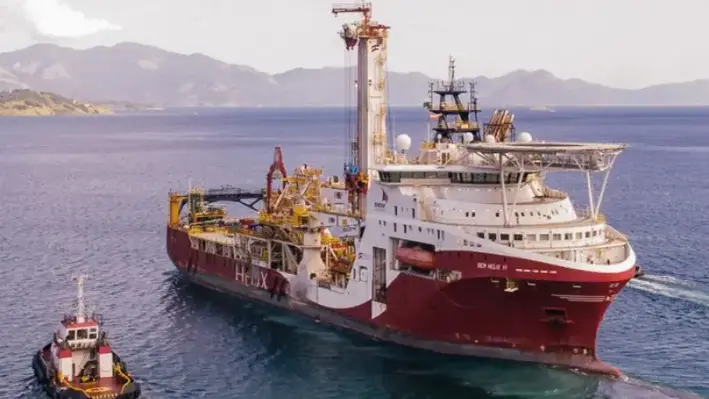
 Helix Energy Solutions has announced a new plug and abandonment agreement with ExxonMobil in the Gulf of America.
Helix Energy Solutions has announced a new plug and abandonment agreement with ExxonMobil in the Gulf of America.
The operator’s Louisiana-based shallow water abandonment group, Helix Alliance, has secured a three-year framework agreement for P&A services within the region.
Owen Kratz, President and Chief Executive Officer of Helix, said, “This agreement underscores our commitment to delivering high-value, fit-for-purpose decommissioning services. This agreement also demonstrates Helix Alliance’s position as a trusted partner for comprehensive offshore solutions, providing well intervention, diving, heavy lift, and marine support services on the US Gulf of America shelf.”
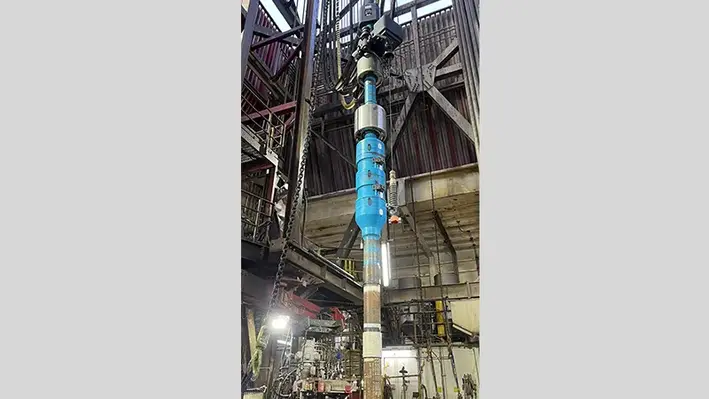
 The Woodside Energy-operated Trion deepwater oil and gas development offshore Mexico will receive tubular running services (TRS) and cementing services from Expro to build the greenfield project
The Woodside Energy-operated Trion deepwater oil and gas development offshore Mexico will receive tubular running services (TRS) and cementing services from Expro to build the greenfield project
Before the project is ready for its first targeted oil in 2026, the three-year contract involves the deployment of Expro's well construction technologies, which are designed to deliver effective problem-solving from top drive to target depth. The comprehensive suite of services will involve TRS casing, drilling and completions, casing accessories, cement heads, and Expro's Skyhook system.
Set to be Mexico's first deepwater oil production facility, the Trion greenfield project will be supported by Expro to achieve maximum well performance optimisation alongside technical execution. Its approach will be backed by practices driving cost-effectiveness and operational reliability throughout the project lifestyle.
Woodside and Expro go back a long way, with the latest partnership seeing the establishment of a new Expro hub in the region as Woodside manage operations from its Tampico shore base and office. This will also generate local employment and economic upliftment.
Jeremy Angelle, Vice President of Well Construction said, “With our extensive track record and a reputation as a trusted provider of TRS solutions, we are proud to play a key role in this world-class development. This contract win reflects not only the strength of our technical capabilities and commercial offering but also our legacy of supporting Trion exploration wells through Frank’s TRS and VERSAFLO TM systems.
"This project represents an exciting opportunity to showcase our innovative technologies on a historic deepwater development, and we look forward to building a strong, long-term partnership with Woodside in Mexico.”
The Trion field is situated in the Perdido Fold Belt, approximately 180 km off Mexico’s coastline in the Gulf of Mexico, in water depths of around 2,500 meters.
Click here to register for Offshore Network's international well intervention and decommissioning conferences.
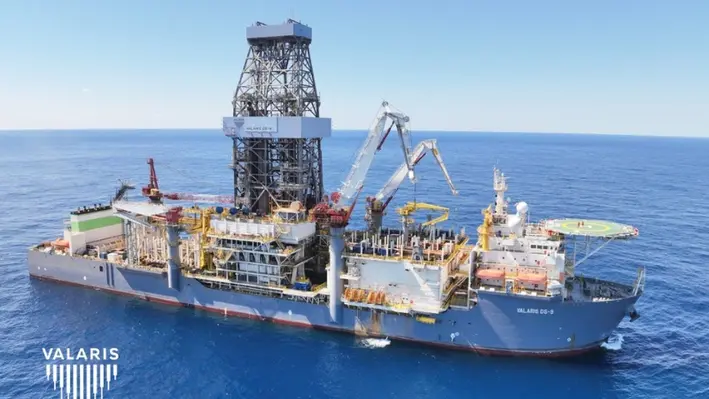

A new natural gas discovery has been made at the “Pegasus-1” well, located in Block 10 of the Exclusive Economic Zone (EEZ) of the Republic of Cyprus.
The discovery follows the successful completion of drilling operations carried out by the consortium of ExxonMobil Exploration and Production Cyprus (Offshore) Limited, the operator, and QatarEnergy International E&P LLC.
Valaris, a global offshore drilling company that provides services to the energy industry, confirmed the discovery. The “Pegasus-1” well is situated approximately 190 km offshore, southwest of Cyprus. Drilling was conducted by the “Valaris DS-9” drillship, which safely reached a depth of 1,921 metres of water. The well revealed an estimated 350 metres of gas-bearing reservoir.
According to the government of Cyprus, further evaluation will be required in the coming months to assess the results of the discovery and determine the potential of the find.
This marks the second confirmed gas discovery in Block 10 by ExxonMobil and QatarEnergy. The first was the “Glaucus-1” well, announced in February 2019. That was followed by the “Glaucus-2” appraisal well, completed in March 2022, which confirmed the existence of high-quality gas-bearing reservoirs in the area.
Earlier this month, the President of the Republic of Cyprus, Mr Nikos Christodoulides, was briefed on the discovery. Present at the briefing were the Vice President of ExxonMobil, Mr John Ardill; the Minister of Energy, Commerce and Industry of Cyprus, Mr George Papanastasiou; and ExxonMobil Cyprus Country Manager, Mr Varnavas Theodossiou.


New Fortress Energy Inc, through one of its subsidiaries, has signed a five-year agreement for the deployment of the Energos Winter, a 138,250 m³ floating storage and regasification unit (FSRU).
The agreement marks a significant step in New Fortress Energy’s continued expansion into key liquefied natural gas (LNG) markets and reinforces its growing presence in the Eastern Mediterranean.
The company is working in partnership with the Egyptian Natural Gas Holding Company (EGAS) to support Egypt’s LNG infrastructure and energy import capabilities.
Under the terms of the deal, the Energos Winter will be stationed at EGAS’s LNG import terminal in Damietta, on Egypt’s northern coast.
This deployment represents New Fortress Energy’s second FSRU operating in Egypt.
The Energos Winter is expected to join the Energos Eskimo, which is already in service in the country, as early as August this year.
The addition of a second unit is anticipated to enhance EGAS’s import capacity and improve energy security for Egypt and the surrounding region.
“We are pleased to reinforce our relationship with EGAS by way of our deployment of a second FSRU to Egypt. This deal enhances NFE’s goals of providing reliable and cost-effective energy across the globe,” said Chris Guinta, CFO of New Fortress Energy.
“EGAS is pleased to strengthen its long-standing partnership with New Fortress Energy through the execution of a second Regasification Service Agreement. Under this agreement, NFE’s second FSRU, Energos Winter, will provide regasification services at the Damietta terminal, contributing to the security of natural gas supply for the Arab Republic of Egypt over the next five years,” said Yasseen Mohamed, executive managing director of EGAS.
New Fortress is a global energy infrastructure company which develops, owns, and operates a range of natural gas and LNG infrastructure, supported by an integrated fleet of vessels and logistics assets. Earlier this year, the company announced multiple agreements to supply gas to the Carribean region such as the Dominican Republic, Jamaica and Puerto Rico.
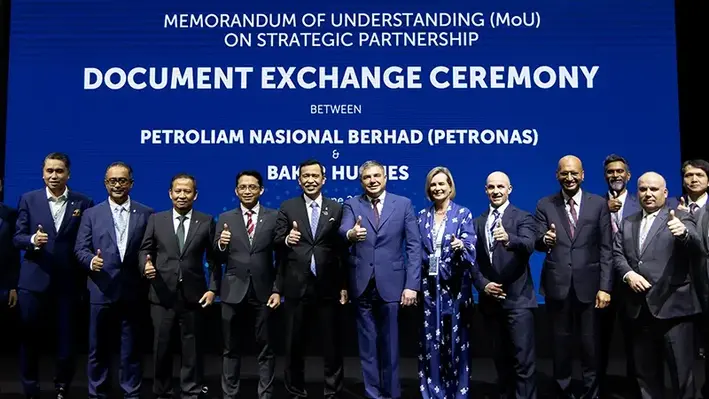
 Energy technology company, Baker Hughes, and Malaysian oil and gas company, Petroliam Nasional Berhad (PETRONAS), have signed a memorandum of understanding (MoU) to explore a strategic partnership to transform Asia's energy expansion and transition
Energy technology company, Baker Hughes, and Malaysian oil and gas company, Petroliam Nasional Berhad (PETRONAS), have signed a memorandum of understanding (MoU) to explore a strategic partnership to transform Asia's energy expansion and transition
The MoU will advance local supply chain capabilities for an effective LNG services footprint that will involve cross-border upskilling programmes for coordinated field operations. It will also cover exploration & production, chemicals and mature assets solutions, alongwith digital and artificial intelligence services. Sustainable energy solutions including carbon capture, utilisation and storage (CCUS), as well as lubricants and biofuels for turbomachinery supply chain will be covered as well.
These broad-ranged services have driven Baker Hughes to develop a full aeroderivative gas turbine module repair services facility in Malaysia, which will see disassembly, assembling, grinding and testing capabilities. The facility will see an installed base of more than 160 gas turbines, enabling customers to access expanded energy services.
“It is critically important to grow alongside our customers in Asia-Pacific, including PETRONAS, as we work toward our shared goal of sustainable energy development to provide for a world that needs more reliable, secure and lower-carbon energy,” said Baker Hughes Chairman and CEO Lorenzo Simonelli. “We look forward to working alongside PETRONAS, as well as other local partners, to realize this additional localization effort to help ensure energy is available today and in the future.”
PETRONAS Senior Vice President of Projects, Technology & Health, Safety, Security & Environment (PT&HSSE) Ir. Ts. Mohd Yusri Mohamed Yusof said, “Our extended strategic partnership with Baker Hughes is poised to drive excellence in project delivery, decarbonisation, supply chain resilience, and technology adoption. It signifies what’s possible when two industry leaders unite to foster innovation ecosystems and shape the future of energy. Furthermore, the setting up of an enhanced aeroderivative facility here is a positive development towards the region’s cleaner energy pursuit, underlining the strong partnerships needed to deliver Asia’s energy transition.”

 Modern American Recycling Services Europe (MARS) has been named as the contractor to recycle Australia’s Northern Endeavour floating production storage and offtake (FPSO) vessel.
Modern American Recycling Services Europe (MARS) has been named as the contractor to recycle Australia’s Northern Endeavour floating production storage and offtake (FPSO) vessel.
“MARS best meets the Australian government’s aims for completing this important decommissioning work,” the Department for Industry, Science and Resources said in a statement.
“We contracted MARS following a global, competitive open tender. Under the contract, MARS will recycle the FPSO and manage the waste streams, including hazardous waste. The priority is for MARS to complete the work to high safety and environmental standards and meet all Australian and international requirements.”
China’s COSCO Shipping Heavy Transport will first dry tow the FPSO to Denmark using its semi-submersible heavy transport vessel, the Hua Rui Long.There are no purpose-built facilities in Australia equipped to recycle a vessel as large and complex as the Northern Endeavour FPSO.
MARS will then complete the recycling at its ship recycling facility in Frederikshavn.
“This purpose-built facility has the capacity to recycle the Northern Endeavour FPSO and meets the European Union’s Ship Recycling Regulation,” the Department noted.
This regulation aims to prevent, reduce and minimise accidents, injuries and other negative effects on human health and the environment when recycling ships.
The Department added that recycling of the FPSO accounts for less than 2% of the overall cost of the Northern Endeavour decommissioning programme.
Australia is keen to generate work and opportunities for its domestic industry arising from the growth of the decommissioning sector.
“While the FPSO recycling will happen overseas, there will be ongoing opportunities for Australian industry involvement in the Northern Endeavour decommissioning programme,” the Department statement noted.
Procurement opportunities for the remaining work, on Phases 2 and 3, will be available to local firms.
Phase 2 focuses on permanently plugging the Laminaria and Corallina wells, while Phase 3 focuses on removing remaining subsea infrastructure, recycling and waste management.
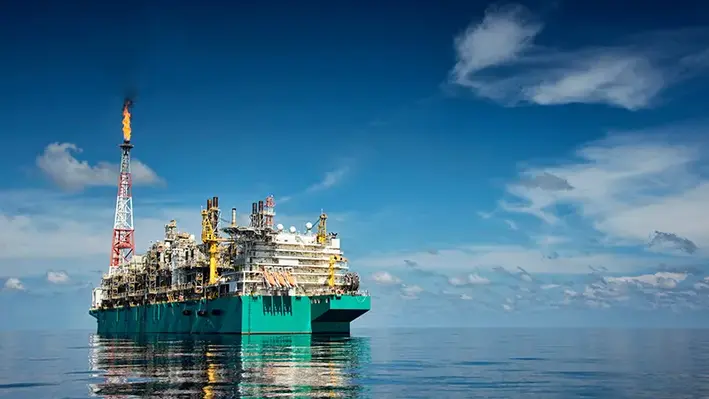
 The FLNG Gimi by Golar LNG Limited has reached commercial operations date (COD) for the 20-year lease and operate agreement with bp for the Greater Tortue Ahmeyim (GTA) project offshore Mauritania and Senegal
The FLNG Gimi by Golar LNG Limited has reached commercial operations date (COD) for the 20-year lease and operate agreement with bp for the Greater Tortue Ahmeyim (GTA) project offshore Mauritania and Senegal
This marks a significant milestone for the project partners, as LNG production volumes have successfully been ramped up to a level equivalent to the annual contracted volumes of approximately 2.4 million tonnes per annum (mtpa), or around 90% of nameplate capacity of 2.7mtpa.
The achievement of COD follows first LNG in February and the first LNG cargo in April. The second and third LNG cargo were exported in May and early June respectively and a fourth cargo is currently loading. The fifth cargo is expected at the start of the third quarter. With this expected cargo timing, Kosmos Energy forecasts 3.5 gross cargos in the second quarter.
Achieving COD and the recent ramp up in cargo lifting activity highlights continued strong cooperation between the project partners and Golar.
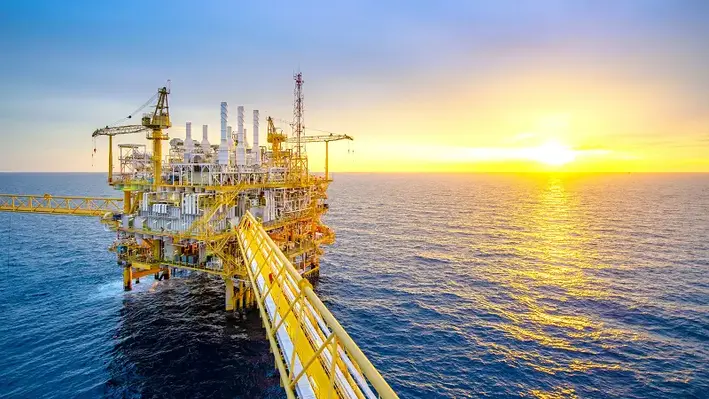
 The Centre for Decommissioning Australia (CODA) has launched three Special Interest Groups (SIGs) on hazardous materials management, well abandonment and decommissioning project management to support industry and stakeholder collaboration on priority decommissioning challenges and opportunities.
The Centre for Decommissioning Australia (CODA) has launched three Special Interest Groups (SIGs) on hazardous materials management, well abandonment and decommissioning project management to support industry and stakeholder collaboration on priority decommissioning challenges and opportunities.
Established in response to industry feedback, these inaugural SIGs are designed to provide a forum to deepen engagement across the sector and support knowledge sharing, capability development, and integrated approaches. Each group is guided by a committee drawn from industry participants, and supported by a CODA representative. Meetings are held approximately every two months and focus on reviewing developments in the SIGs' focus areas, sharing insights, and identifying opportunities for collaboration.
The SIGs are as follows:
Focusing on best-practice hazardous materials management and lifecycle approaches to contaminants commonly encountered during decommissioning. The group will work to strengthen links between operators, the supply chain, regulators, and industry bodies, while promoting education, sharing of experience, and diverse perspectives.
Promoting safety, innovation, and efficiency in support of sustainable, world-class well P&A operations in both onshore and offshore contexts. Current areas of focus include:
• Improved approaches to regulator engagement and barrier technology qualification
• Establishing an independent industry body that can act as a conduit for and accelerator of new ideas and alternative approaches
• Alignment of offshore and onshore industry sectors to foster cross-learning and explore lower cost verification and testing environments
• Broader knowledge sharing and stakeholder engagement
Exploring challenges and opportunities in planning and executing decommissioning projects, drawing from global and local experience. Focus areas include:
• Benchmarking cost and schedule
• Contracting strategy
• Risk management and regulatory engagement
• Approaches to managing decommissioning market volatility
Membership is currently open to personnel from all CODA Partners, with several organisations already involved.
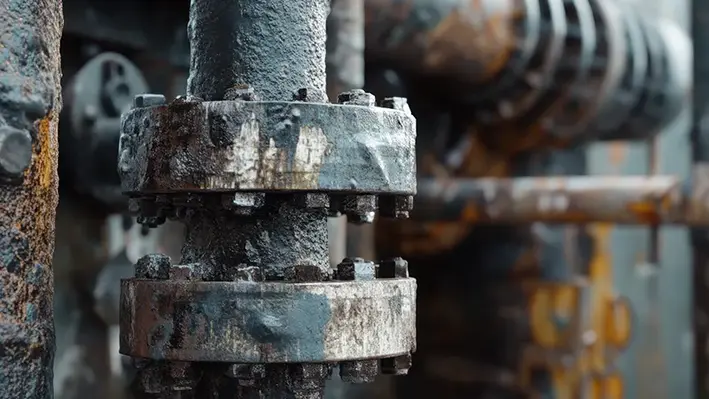
 Full-cycle energy services expert Expro Group is collecting orders from the growth and evolution of southeast Asia’s oil and gas industry.
Full-cycle energy services expert Expro Group is collecting orders from the growth and evolution of southeast Asia’s oil and gas industry.
In a recent presentation, it confirmed that it had secured a three-year contract in Indonesia worth around US$15mn for combined electric line cased hole and slickline services on a single unit across 315 wells.
Separately, it has secured a two-year contract valued over US$8mn in Brunei to deliver well metering services for a client’s production assets.
This agreement, which commenced in February 2025, underscores Expro’s role in enhancing its client’s reservoir and facility management through advanced well flow measurement solutions, such as QPulseTM, Sonar Meter and Multiphase Flow Meters, the company noted.
In the group’s first quarter 2025 results, Expro CEO Michael Jardon said his company is “well-positioned” for the remainder of the year and said he remains “optimistic” about the outlook for more business over the next several years.
The first quarter delivered a solid performance in a “dynamic operating environment”, the company reported, with total global revenues hitting US$391mn.
The company is due to host a conference call on July 29, 2025 to discuss results for the second quarter ended June 30, 2025.

 China’s coiled tubing market is expanding rapidly, highlighting growing demand for specialist well services in a country with huge oil and gas production and sustained energy demand.
China’s coiled tubing market is expanding rapidly, highlighting growing demand for specialist well services in a country with huge oil and gas production and sustained energy demand.
In 2024 alone, over 15,000 coiled tubing interventions were performed across the country, according to the Intervention & Coiled Tubing Association (ICoTA), “placing China at the forefront globally and highlighting the enormous potential of this dynamic market.”
The association recently participated at the inaugural International Symposium on Coiled Tubing Technology in Wuhan after re-establishing its China chapter, a recognition of the country’s growing importance to global energy markets and in the evolution of advanced well technologies.
The recent symposium centred on the theme of ‘Innovative Application Scenarios, Unleashing Infinite Potential, and Sharing the Development in the Coiled Tubing Industry’.
“This conference embodies the spirit of ‘technology-driven innovation and win-win cooperation’— setting the stage for the new ICoTA chapter to foster international collaboration and advancements in the coiled tubing sector,” the association noted in a statement.
The symposium was co-hosted by China Petroleum Engineering & Technology Co., Ltd (CPET), National Engineering Research Centre for Oil & Gas Drilling and Completion Technologies, National R&D Centre for Intelligent Oil & Gas Well Engineering, the Coiled Tubing Engineering Committee of the Chinese Petroleum Society, and the CNPC Coiled Tubing Operations Technology R&D Centre.
Co-organisers included oil and gas heavyweights such as CNPC, Sinopec, CNOOC, Halliburton, Schlumberger, Baker Hughes, as well as various renowned universities.
Areas covered during the forum included cutting-edge topics such as ultra-deep and long horizontal well coiled tubing operations, coiled tubing digitalisation, coiled tubing drilling, coiled tubing logging and offshore applications.
Among these, a session on coiled tubing digitalisation drew widespread attention, reflecting the industry’s strong momentum toward intelligent intervention technologies.
During the symposium, Steve Moir, Global Chair of ICoTA, delivered a keynote presentation and officially announced the establishment of ICoTA China, which will be led by CPET.
He also pointed out that the future development of coiled tubing technology will primarily focus on intelligent operations, enhanced adaptability to extreme conditions and deep integration with the energy transition.
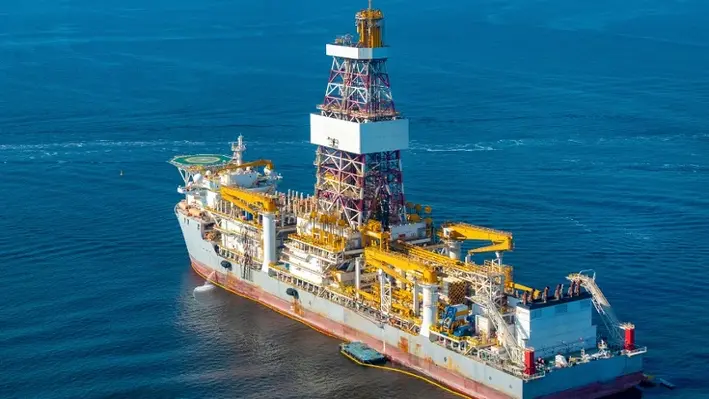
 Exail, a global leader in inertial navigation technologies, has been awarded a contract by Brazilian offshore services company Mitang to deliver 30 Quadrans Attitude and Heading Reference Systems (AHRS) to be installed on Petrobras FPSOs operating off the coast of Brazil.
Exail, a global leader in inertial navigation technologies, has been awarded a contract by Brazilian offshore services company Mitang to deliver 30 Quadrans Attitude and Heading Reference Systems (AHRS) to be installed on Petrobras FPSOs operating off the coast of Brazil.
The Quadrans AHRS provides real-time measurements of pitch, roll, and heading, essential for monitoring platform stability and ensuring safe, uninterrupted operations during complex offshore activities, including in areas where GNSS coverage may be limited or intermittent. Its robust, maintenance-free design delivers dependable performance in harsh marine environments, supporting operational continuity and helping to reduce lifecycle costs. In addition, the system’s fast start-up capability allows for rapid deployment and swift recovery following power cycles or system interruptions, further enhancing offshore efficiency.
Quadrans AHRS will deliver high accuracy and reliability for Petrobras FPSOs, enhancing platform stability, reducing downtime, and enabling safer, more efficient offshore operations.
“This collaboration with Exail reinforces our commitment to operational excellence and safety in Brazil’s offshore sector, said Diego Fernandes, CEO of Mitang. By integrating Quadrans technology on Petrobras FPSOs, we are enhancing real-time monitoring capabilities that are critical for managing complex rig moves with greater confidence and precision."
“We are honoured to contribute to this important project with Mitang and Petrobras, said Thiago Montanari, sales director at Exail. Our Quadrans AHRS exemplifies cutting-edge innovation in offshore navigation, delivering reliable, maintenance-free performance that supports the highest standards of safety and operational efficiency in challenging marine environments.”
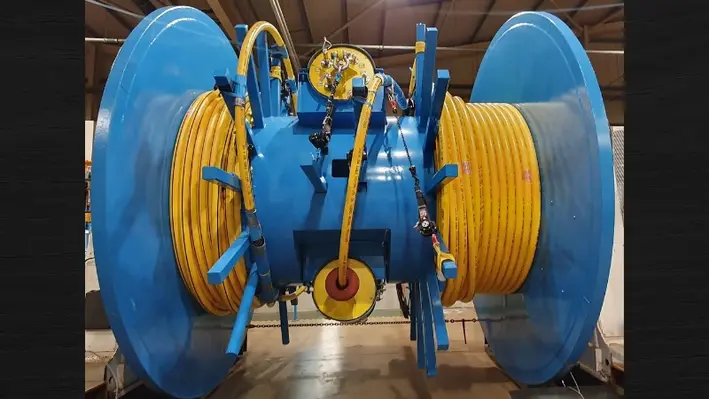

JDR Cable Systems, a leading global supplier and service provider of subsea cables and part of the TFKable Group, has secured a major service contract from Indian engineering giant Larsen & Toubro (L&T) for offshore operations in the Middle East.
Under the agreement, JDR will conduct testing on 14 umbilical cables across multiple offshore platforms, focusing on the critical hydraulic and electrical control systems that underpin platform safety and performance.
The work scope includes pre-deployment testing, continuous monitoring during the cable-laying process, and integration testing to ensure the umbilicals operate reliably throughout the installation. Offshore technicians, equipment, and dedicated technical support will be provided by JDR to guarantee proper oversight of the cables at every stage.
The project will be coordinated from JDR’s UK service centre in Newcastle, with a specialist team rotating offshore for multiple mobilisations to ensure the safe and efficient delivery of the work scope.
Alan Combe, Service Sales Manager EMEA at JDR, said, “Securing this contract reflects the strength of our service offering and the capability of our team to deliver technically complex service work in the Middle East. It’s an exciting region, full of opportunity and innovation, and an important part of JDR’s long-term focus. We’re looking forward to working closely with the L&T team throughout the installation and testing phases.”
“The Middle East continues to present strong opportunities for JDR, both for our subsea cables and our service offering,” said Carl Pilmer, Chief Sales Officer at JDR. “As we consolidate our presence in the Middle East, this project is a good example of how we’re supporting customers in the region with reliable and high-quality delivery.”
JDR Cable Systems, part of the TFKable Group, is a global leader in subsea power cable and umbilical system solutions for the offshore oil, gas, and renewables sectors. With over 30 years of technical expertise, JDR designs, manufactures, installs, and supports high-quality, reliable systems backed by 24/7 service across the product lifecycle. Its parent company, TFKable Group, headquartered in Poland, is a major global cable manufacturer with a diverse portfolio of 25,000 cable types sold in 80 countries, supported by extensive European production facilities and a strong commitment to sustainable growth.
Page 17 of 109